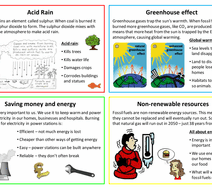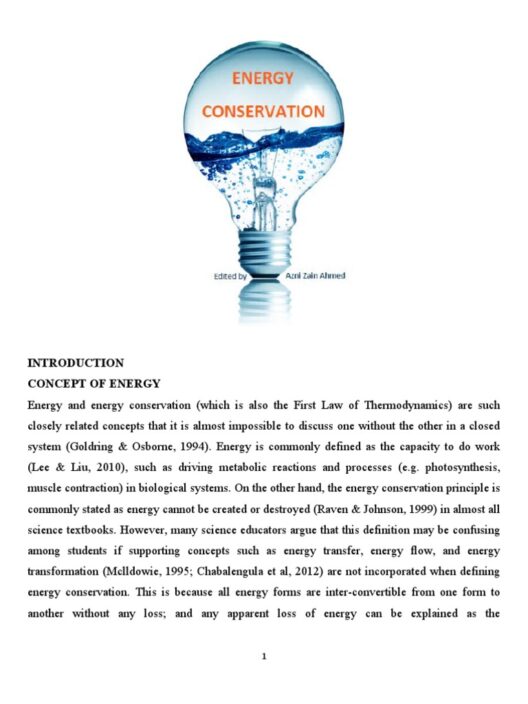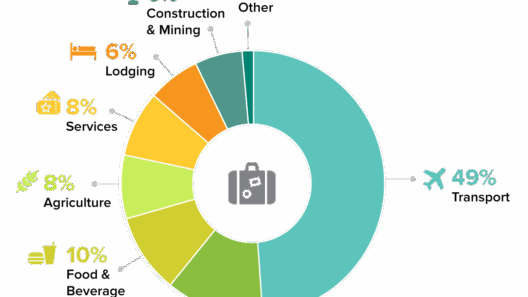The proliferation of automobiles has become an emblem of modern civilization; however, this convenience comes at a significant cost to our environment. The relationship between carbon dioxide (CO2) emissions from cars and global warming has garnered intense scrutiny and debate. To grasp the implications of automotive CO2 emissions, it is imperative to delve into how these emissions contribute to global warming, the mechanisms of climate change, and the various alternatives available to mitigate this pressing issue.
Automobiles, encompassing a wide array of vehicles including cars, trucks, and buses, are substantial contributors to anthropogenic CO2 emissions. According to recent studies, the transportation sector generates approximately 24% of the global CO2 emissions, with personal vehicles being the principal culprits. The combustion of fossil fuels such as gasoline and diesel releases CO2 as a byproduct. Interestingly, each gallon of gasoline burned results in the release of about 19.6 pounds of CO2 into the atmosphere. This staggering figure highlights the dire consequences of our reliance on fossil fuel-powered transportation.
Understanding the mechanism through which CO2 contributes to global warming necessitates a comprehension of the greenhouse effect. The greenhouse effect is a natural phenomenon whereby certain gases in Earth’s atmosphere trap heat from the sun, thereby warming the planet. CO2 is among the prominent greenhouse gases, alongside methane (CH4) and nitrous oxide (N2O). As car usage escalates, the concentration of CO2 in the atmosphere increases, leading to a more pronounced greenhouse effect. This results in increased global temperatures, altered weather patterns, and a host of other deleterious environmental impacts.
The ramifications of elevated CO2 levels extend beyond mere temperature fluctuations. The exacerbation of climate change has far-reaching consequences, including melting ice caps, rising sea levels, and an increase in the frequency and intensity of extreme weather events. Coastal communities face existential threats from storm surges and flooding, while agricultural sectors grapple with unpredictable growing seasons and diminished crop yields. Biodiversity is also at risk, as species struggle to adapt to swiftly changing habitats and ecosystems.
It is essential to underscore the cumulative nature of CO2 emissions, wherein the effects compound over time. The atmospheric lifespan of CO2 is remarkably long, persisting for centuries. Consequently, even slight reductions in emissions can have significant long-term effects on climate stabilization. To this end, the urgency of addressing automotive emissions cannot be overstated. Transitioning towards cleaner alternatives and adopting sustainable practices could stem the tide of climate change.
One viable solution is to transition from internal combustion engines to electric vehicles (EVs). EVs produce zero tailpipe emissions, significantly diminishing the immediate impact on atmospheric CO2 concentrations. However, it is crucial to consider the entire lifecycle of these vehicles. The source of electrical energy, battery production, and disposal also contribute to greenhouse gas emissions. Renewable energy sources such as wind, solar, and hydropower must be prioritized to ensure that the transition to EVs results in net-positive environmental benefits.
Additionally, enhancing public transportation infrastructure can yield substantial reductions in individual car usage. Investing in efficient bus and rail systems encourages mass transit adoption, thereby decreasing the overall number of vehicles on the road. Cities that prioritize walkable neighborhoods and bike lanes not only foster healthier lifestyles but also contribute to lower emissions. Enabling a shift in urban design can dramatically alter travel behavior and associated emissions.
Beyond technological advancements and infrastructure improvements, systematic changes in policy and consumer behavior are indispensable. Governments play a critical role in incentivizing sustainable transportation options. Implementing tax credits for EV purchases, bolstering investment in renewable energy, and enforcing stricter emission standards can catalyze the transition to a low-carbon economy. Furthermore, educational initiatives aimed at raising awareness about the environmental impacts of personal vehicle use are paramount. Empowering consumers to make informed choices can result in substantial behavioral shifts and collective action.
Nevertheless, it is crucial to acknowledge the resilience of the automotive industry. While the shift towards sustainability is imperative, resistance can be encountered from entrenched interests. Lobbying by fossil fuel companies and automotive manufacturers can hinder progress. Continuous advocacy for sound environmental policies and consumer support for eco-friendly alternatives are vital for navigating these complexities.
The need to address CO2 emissions from automobiles is not merely an environmental issue; it is a multifaceted challenge that intersects with public health, economic sustainability, and social equity. The health implications of pollution from cars extend far beyond climate change. Air quality deterioration exacerbates respiratory ailments, and vulnerable communities often bear the brunt of environmental injustices. Thus, fostering a cleaner transportation ecosystem is tantamount to enhancing public health and ensuring equity.
In conclusion, the CO2 emitted by cars is undeniably a significant contributor to global warming and climate change. The interplay between automotive emissions and the environment is complex; however, the facts are clear. Immediate action is necessary to mitigate these impacts and avoid irreversible damage to our planet. A multifaceted approach involving technological innovations, governmental policies, and consumer engagement is essential. Only by collectively addressing this challenge can we hope to secure a sustainable future for generations to come.








